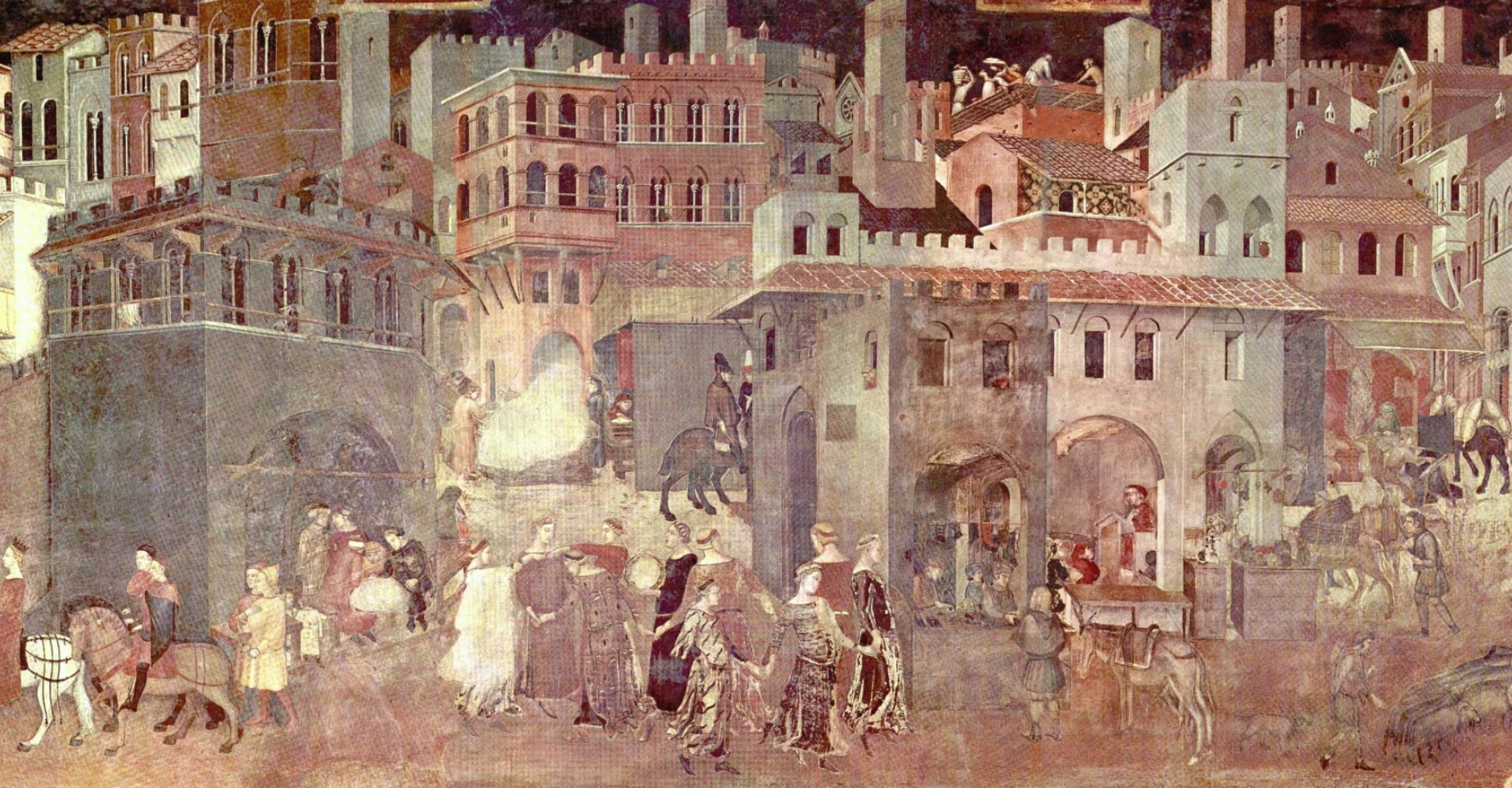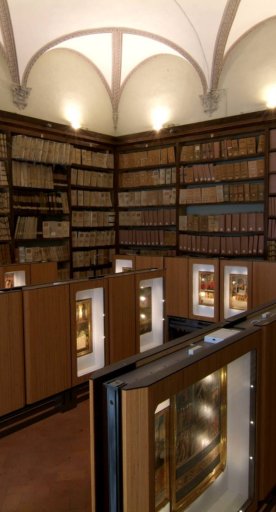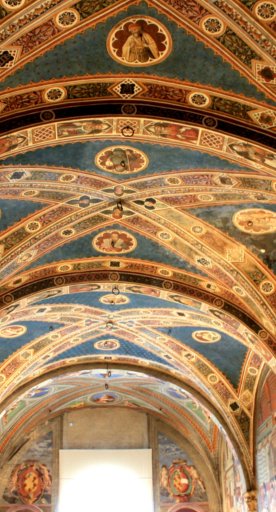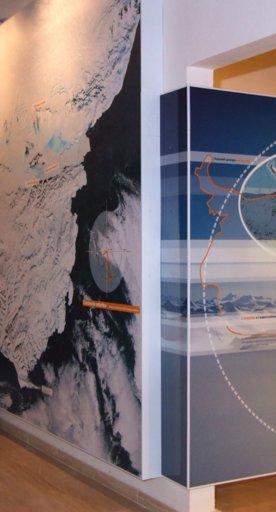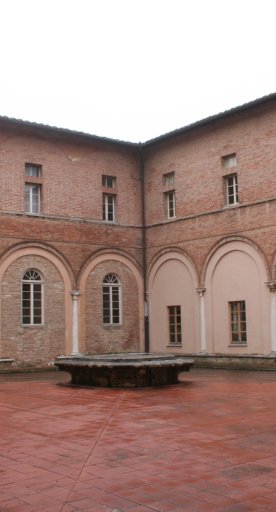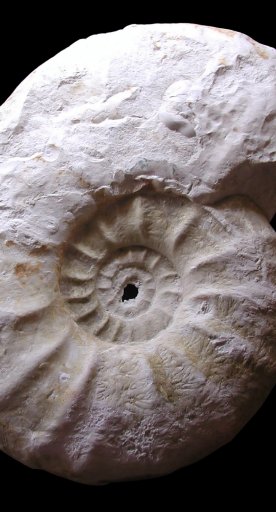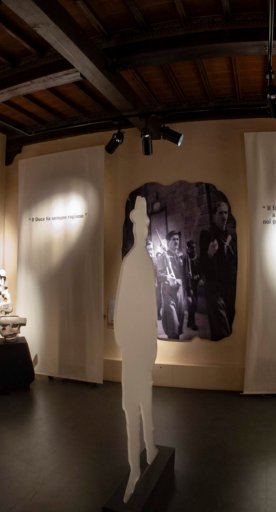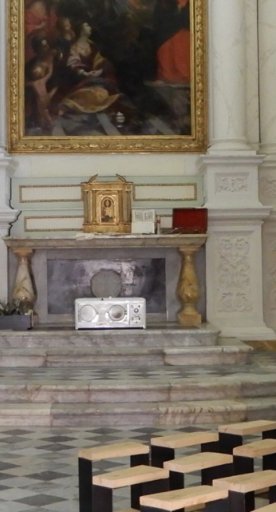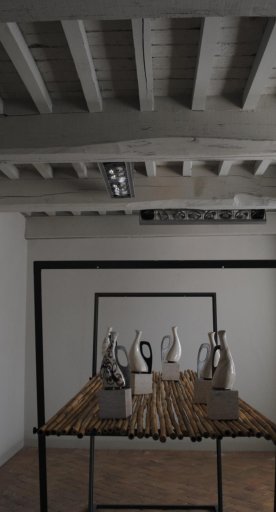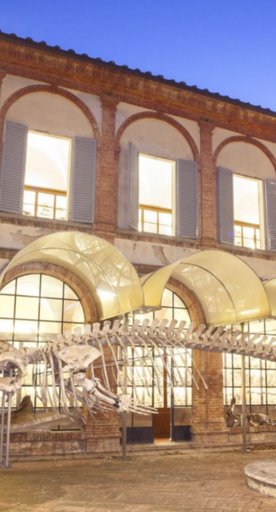Ambrogio Lorenzetti's Good and Bad Government
The stunning cycle of frescoes located in Siena's Palazzo Pubblico
The Allegory of Good and Bad Government is a large series of frescos painted between 1337 and 1339 in the rooms of Siena's Palazzo Pubblico. This series stands as the first and only secular painting of Siena’s early Renaissance period.
The governing political party of Siena commissioned artist Ambrogio Lorenzetti to depict an allegory of "bad government" featuring the negative dimensions of city life, from assassinations to sacking, violence, poverty and famine. The other allegory would instead depict the qualities of a "good government," including visuals such as prosperous cities, cultivated lands, general well-being, wealth, joy and so on.
The painting’s overall meaning is abundantly clear: if the city is administered well, the entire population benefits from the administration's successful system of governance.
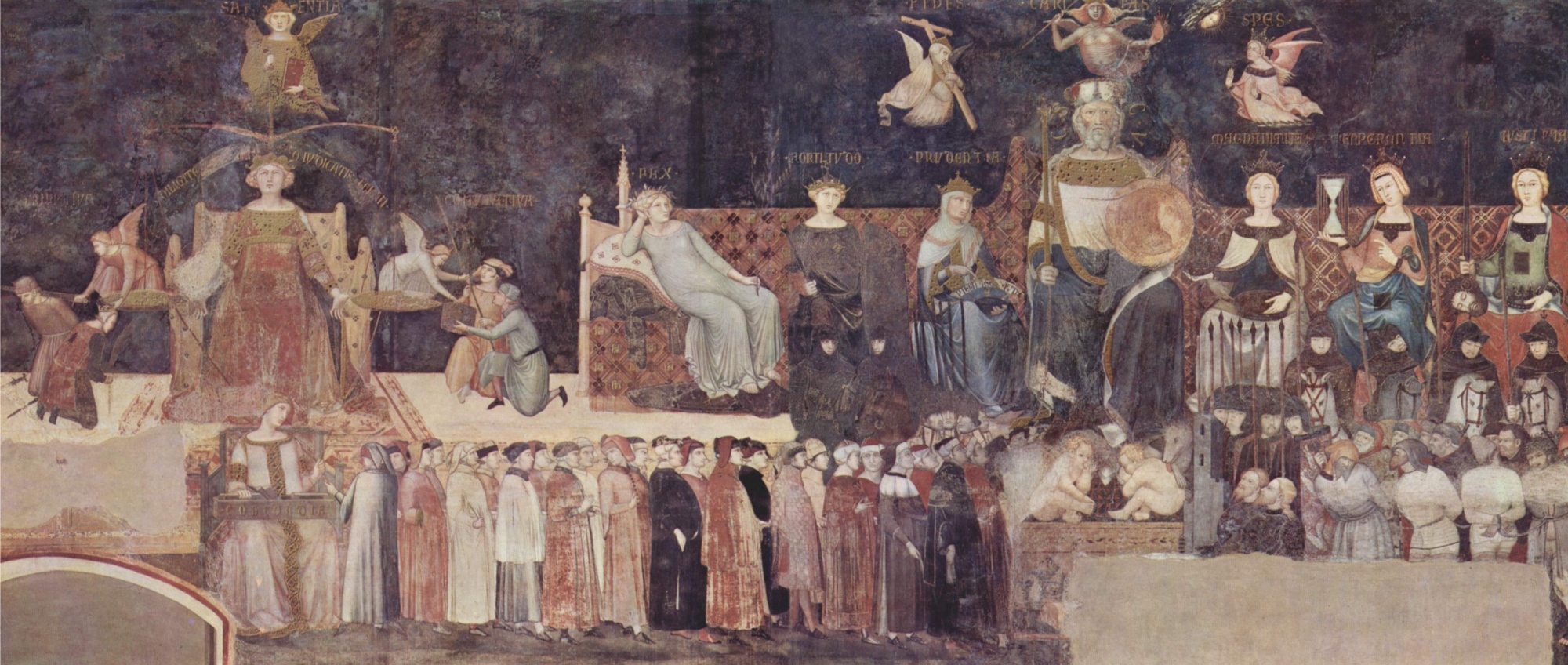
The series of frescoes is divided into four sections. The first features the Allegory of Bad Government, represented by a devil-like man with horns dressed in black; the figure is surrounded by allegorical figures representing Cruelty, Discord, War, Fraud, Anger and Tyranny. The next section shows the Effects of Bad Government on City and Country, presenting uncultivated land and citizens suffering from violence and theft.
Moving on, you’ll find the Allegory of Good Government, represented by an old, wise monarch on a throne surrounded by the allegorical figures of Justice, Temperance, Prudence, Strength and Peace and the theological virtues of Charity, Faith and Hope. Finally, the fresco depicts the Effects of Good Government on City and Country; here, you'll see the city of Siena depicted as rich, prosperous, serene and tranquil.
This work is considered the first fresco in central Italy in which the landscape plays a vital role in the overall painting. In the Italian visual arts tradition, landscapes were generally not presented as autonomous until the 1600s.
These famous frescoes are extremely significant historically, as they are an irreplaceable snapshot of everyday life in Siena’s stable medieval Republican government. They also display the first town panorama and countryside painted since antiquity. Elements of normal life weave together with religious thematics, an important depiction of city life at that time.
